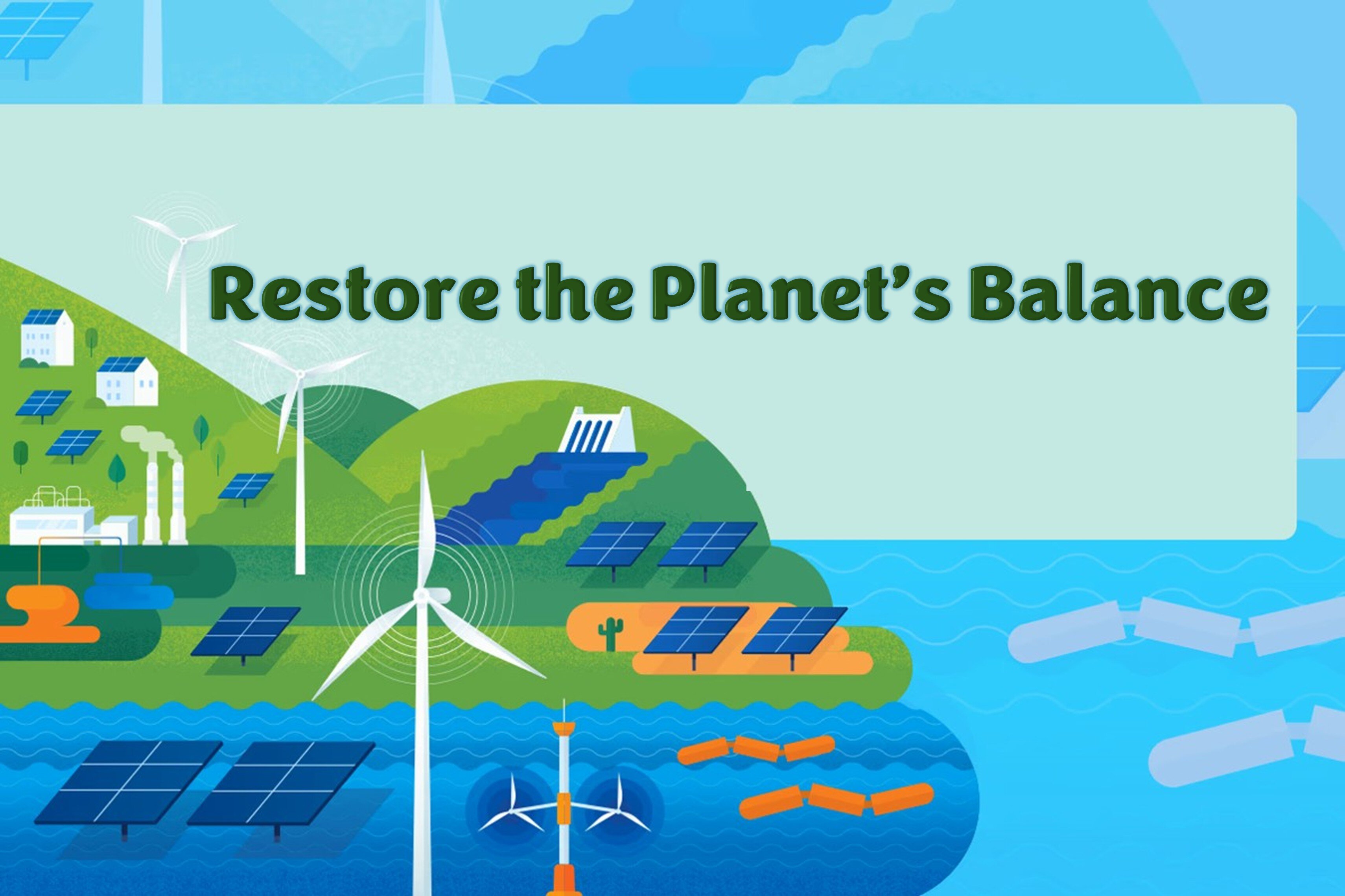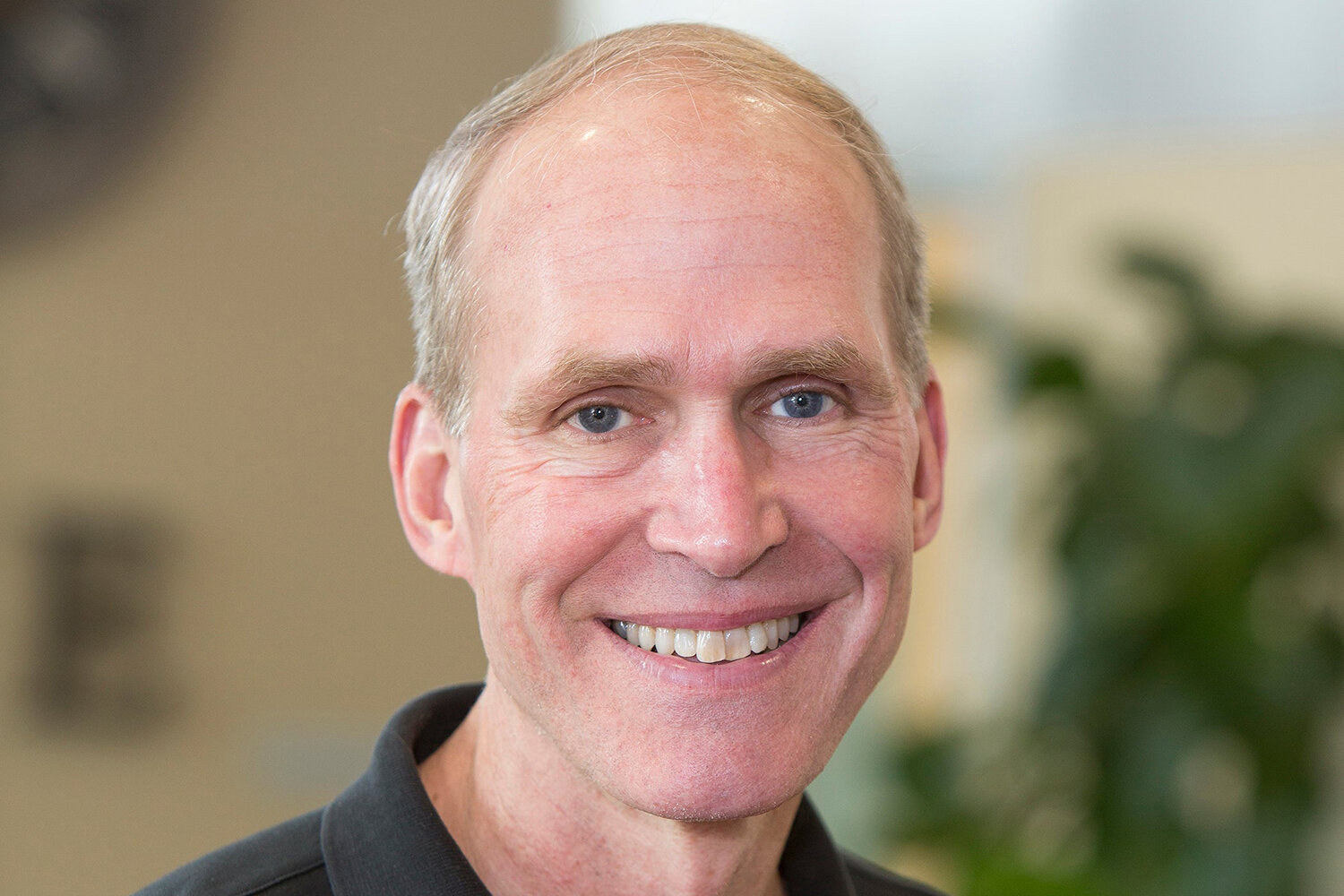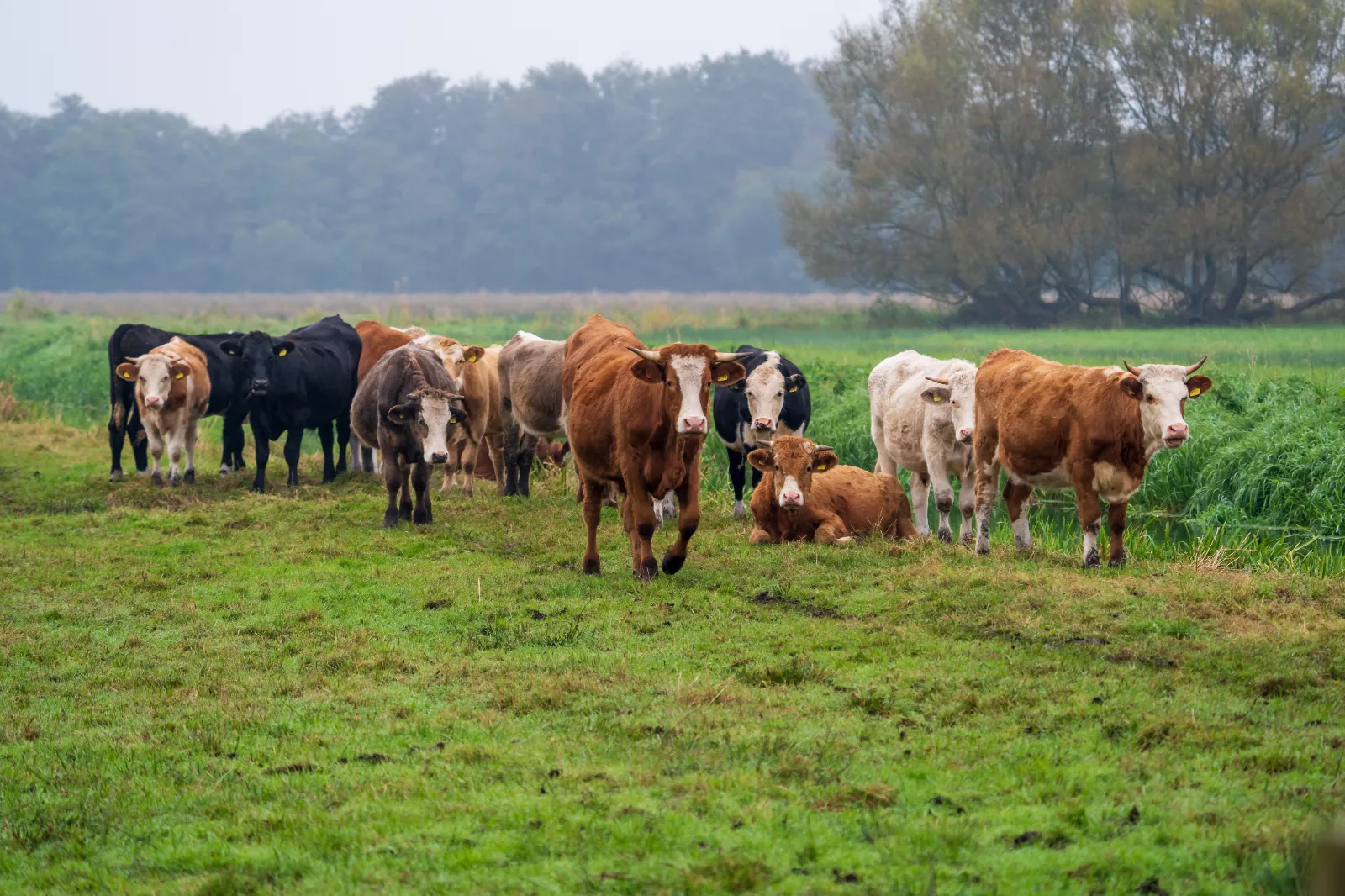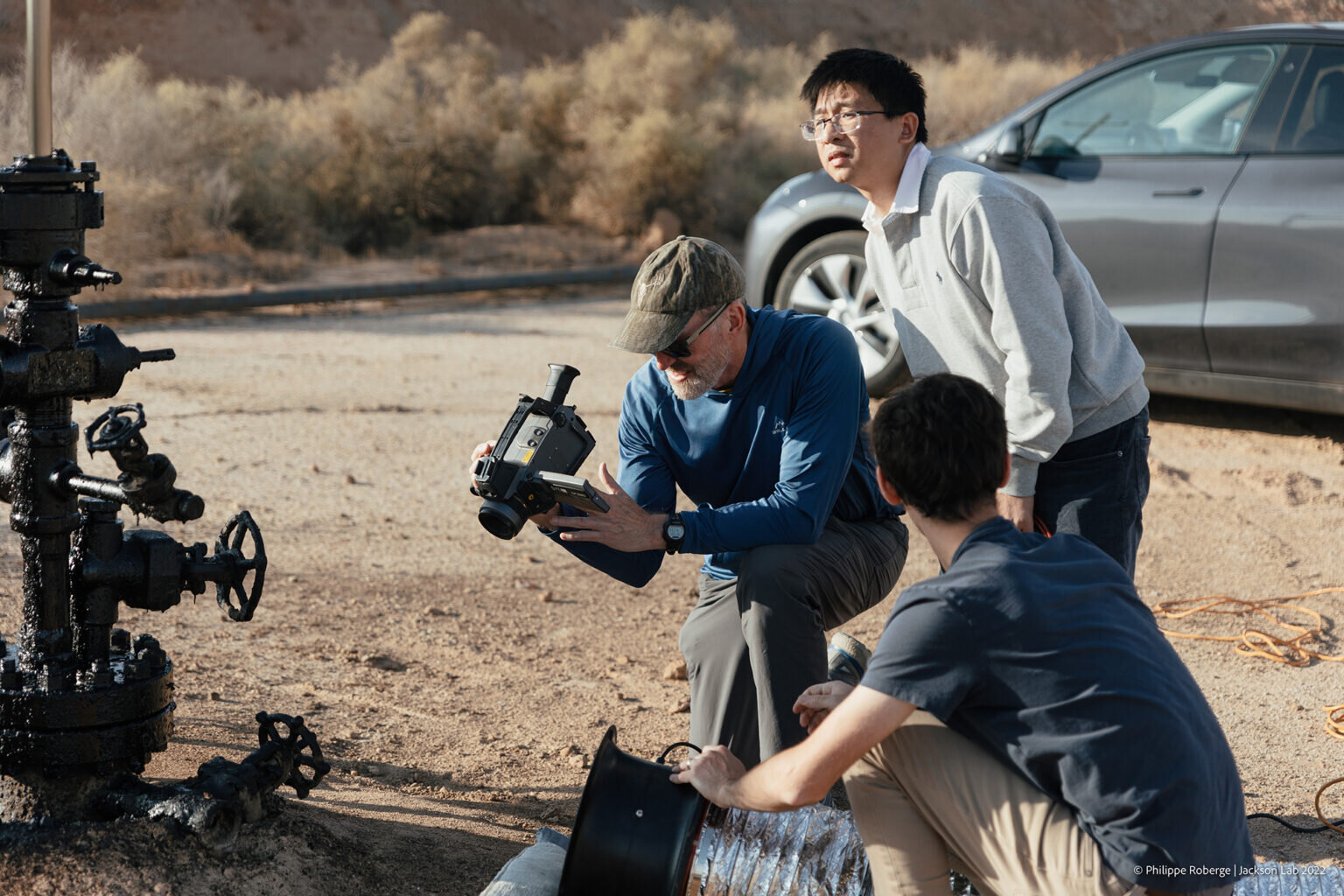af Magazine
~The Asahi Glass Foundation’s web magazine on the global environment~


Why the Reduction of Methane, 90 Times Higher Global Warming Potential Than CO2, Could Be the Breakthrough in Climate Action

Our planet's atmosphere, oceans, and land hold a vast amount of carbon. This carbon has continuously cycled through terrestrial and marine organisms, transforming into carbon dioxide, organic matter, and fossil fuels over time.
However, since the Industrial Revolution, this delicate balance has been disrupted, leading to serious consequences such as global warming and other impacts from climate change.
One leading expert on the carbon cycle--and a strong advocate for quantifying human-induced carbon and methane emissions--is Professor Robert B. Jackson of Stanford University.
We spoke with Professor Jackson in an online interview to ask "Which crisis demands our attention now, and what actions are needed to restore a healthy carbon cycle?"

Have you ever heard of the term carbon cycle?
For example, plants absorb carbon dioxide from the atmosphere through photosynthesis, fixing carbon as organic matter. The carbon in the food or feed consumed by living organisms is eventually returned to the atmosphere as carbon dioxide through processes such as respiration and decomposition.
In the ocean, carbon dioxide dissolved in seawater is transported to the deep sea by ocean currents. In addition, phytoplankton absorb carbon through photosynthesis, and the organisms that feed on them help carry that carbon to the ocean depths.
These are just a few examples of how the natural carbon cycle works. For a long time, Earth's natural ecosystems maintained a balance between the absorption and release of carbon. But that balance was disrupted by the Industrial Revolution, which began in the UK in the late 18th century. Since then, the concentration of greenhouse gases (GHGs), including carbon dioxide, has increased dramatically; global warming has continued to accelerate.
"Greenhouse gases have increased, especially over the past 100 years. The widespread use of fossil fuels and the conversion of forests into farmland have led to a rise in atmospheric carbon dioxide levels, disrupting the balance of the carbon cycle and contributing to air pollution," said Professor Jackson.

A leading expert in carbon cycle research since the early 1990s, Professor Jackson is one of the most highly cited scientists in the fields of ecology, environmental science, and climate change. For over 30 years, he has conducted research on topics including the quantification of carbon sinks in global forests, analysis of global CO₂ emission trends, and the impact of atmospheric carbon dioxide levels on forests and soil. Since 2017, he has served as Chair of the Global Carbon Project (GCP). He is a professor at Stanford University.
While continuing his wide-ranging research on carbon, Professor Jackson turned his attention to the role of soil nutrients and soil bacterial communities in explaining fluctuations in forests' carbon dioxide absorption.
"When the concentration of carbon dioxide in the atmosphere rises, photosynthesis becomes more active and plant growth is stimulated.
However, for plants to grow, they must absorb nutrients efficiently from the soil. To do this, plants release organic compounds from their roots into the soil--compounds that microbes favor.
This stimulates microbial activity in the soil, increasing what's known as soil respiration. As a result, we found that the soil's ability to store organic carbon decreases," he notes.
This research highlights the complexity of the carbon cycle.
Professor Jackson has shown that rising atmospheric CO₂ levels do not necessarily lead to a proportional increase in carbon absorption by forests. On the contrary, in some cases, the organic carbon storage in soil declines.

In addition to his work on the carbon dioxide, Professor Jackson has recently been sounding the alarm over a sharp increase in methane levels.
"Over the past five years, global methane emissions have increased rapidly, and the concentration of methane in the atmosphere is now 2.6 times higher than it was before the Industrial Revolution.
In fact, among greenhouse gases, methane received relatively little attention until recently--especially in terms of human-caused sources," said Professor Jackson.
Professor Jackson has analyzed not only the global carbon budget but also the global methane budget within natural ecosystems, such as the Amazon rainforest, and has quantitatively demonstrated the significance of anthropogenic sources--a long-overlooked issue.
"Two thirds of methane emissions come from human activities," he explained.
"The major sources include agriculture--particularly livestock farming, where ruminant animals like cows emit methane through belching, from manures and other waste, and rice cultivation, where methane-producing bacteria thrive in the low-oxygen conditions of paddy fields.
Methane is also released from landfills. Emissions from agricultural sources are nearly twice as high as those from fossil fuel use. In addition, there are methane leaks from human activities, such as oil and gas extraction, and from city pipelines, homes, and buildings."

Professor Jackson's research has played a crucial role in shaping global strategies to reduce methane emissions and develop effective countermeasures against climate change.
He also highlights the unique characteristics of methane:
"Methane is the second-largest contributor to greenhouse gas emissions after carbon dioxide. However, over a short timeframe, its global warming potential is nearly 90 times greater than that of carbon dioxide.
Unlike carbon dioxide, which can remain in the atmosphere for thousands of years, methane has an atmospheric lifetime of only about 12 years.
This means that by reducing current methane emissions, we can significantly lower atmospheric methane concentrations within 10 to 20 years. Among all greenhouse gases, methane is the only one for which meaningful short-term reductions in the atmosphere are truly possible."

(Photo Credit: Phil Roberge, Stanford University)
Professor Jackson also serves as Chair of the Global Carbon Project (GCP), an international initiative that collects, analyzes, and provides data on the carbon cycle, while also assessing each country's progress toward achieving the goals of the Paris Agreement.
"Unfortunately, the concentrations of greenhouse gases (GHGs) in the atmosphere continue to rise. There are several reasons for this, but a major factor is the continued increase in global energy consumption.
The burning of all fossil fuels that emit carbon dioxide is still increasing, even for coal, but the use of natural gas is increasing the fastest, leading to higher methane emissions," he explains.
Natural gas emits less carbon dioxide than coal when burned, which is why it is often referred to as a "bridge fuel" until renewable energy sources like solar and wind become more widespread.
However, some point out that in practice, new natural gas production often serves not as a replacement for coal, but rather as a means to meet growing energy demand.
Professor Jackson warns, "Until we replace fossil fuels with renewable energy, the concentration of GHGs will continue to rise."
"There are also things individuals can do to reduce GHG emissions and help mitigate climate change.
For example, using clean energy--such as by installing solar panels-- choosing electric vehicles or public transportation; and reducing beef consumption in favor of more vegetables and fish.
However, individual actions alone are not enough to stop climate change. We need a transformation of industrial systems toward a decarbonized society, driven by corporate innovation. In addition, strong government-led regulations or carbon pricing to combat air pollution are essential," he emphasizes.
To raise awareness of these efforts, Professor Jackson has gone beyond academic presentations to actively engage with the public. His 2024 book Into the Clear Blue Sky was selected by The Times as one of the top science books of the year.
He is also an accomplished photographer, publishing powerful images that convey the dangers of climate change in a visceral and intuitive way.

Through his wide-ranging research and public engagement, Professor Jackson has made significant contributions to advancing scientific understanding of climate change, as well as to developing practical emission reduction strategies and informing policy decisions. His 2025 Blue Planet Prize is in recognition of these achievements.
"I understand that the Blue Planet Prize has consistently highlighted critical environmental issues since the early 1990s.
It is a great honor to receive this award, especially following such distinguished laureates as Dr. Charles D. Keeling (1993) and Professor Harold A. Mooney (2002). I was surprised when I received the news but am grateful for the recognition," says Professor Jackson.
Advocating for "atmospheric restoration" through the normalization of the carbon cycle and reductions in methane emissions, Professor Jackson is now increasingly focused on the role of technology as he continues his forward-looking research.
"I'm interested not only in reducing methane emissions but also in removing methane from the atmosphere to lower its concentration.
My goal is to bring atmospheric methane levels back to what they were before the Industrial Revolution. As I mentioned earlier, among all greenhouse gases, methane is the only one we can realistically reduce within our lifetimes.
If we can restore pre-industrial levels, we could curb global warming by as much as 0.5 degrees Celsius," Professor Jackson explains.
There is no magic wand to reduce emissions of greenhouse gases like methane and carbon dioxide or to fully restore the carbon cycle to its natural state, and it won't happen overnight. Still, methane can be significantly reduced over the span of a decade, and there are many things individuals can do.
"For example, simply switching from a gas stove to an electric one can help reduce methane emissions. It will also decrease NOx and benzene emissions from gas combustion, resulting in cleaner air in our homes and a healthier lifestyle.
Please make better choices for society and for the future of our children. If we do this, I truly believe we can move closer to solving the climate crisis."
***
*The commemorative lectures by the 2025 Blue Planet Prize laureates, including Dr. Leggett, will be held on Thursday, October 30, 2025 at the University of Tokyo and on Saturday, November 1, 2025 at the Kyoto International Community House. A detailed lecture program will be released on the Asahi Glass Foundation website in August 2025, and registration for participation will begin at that time.
***
This article is a translation of an article published on Business Insider Japan.
Please click here for information about the Blue Planet Prize.

